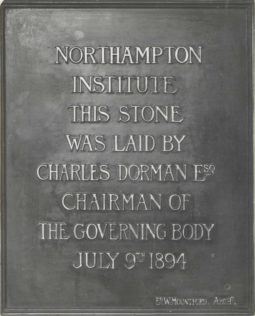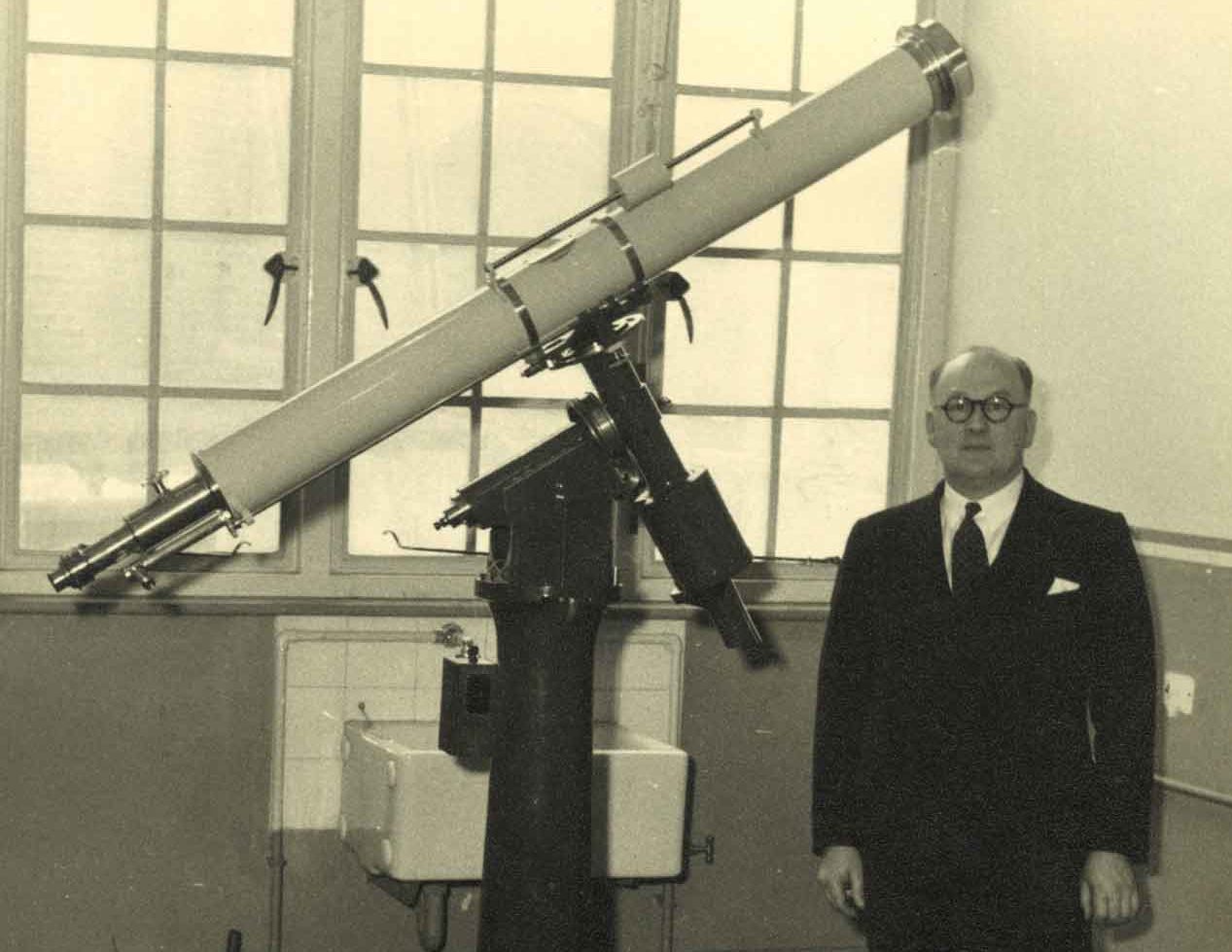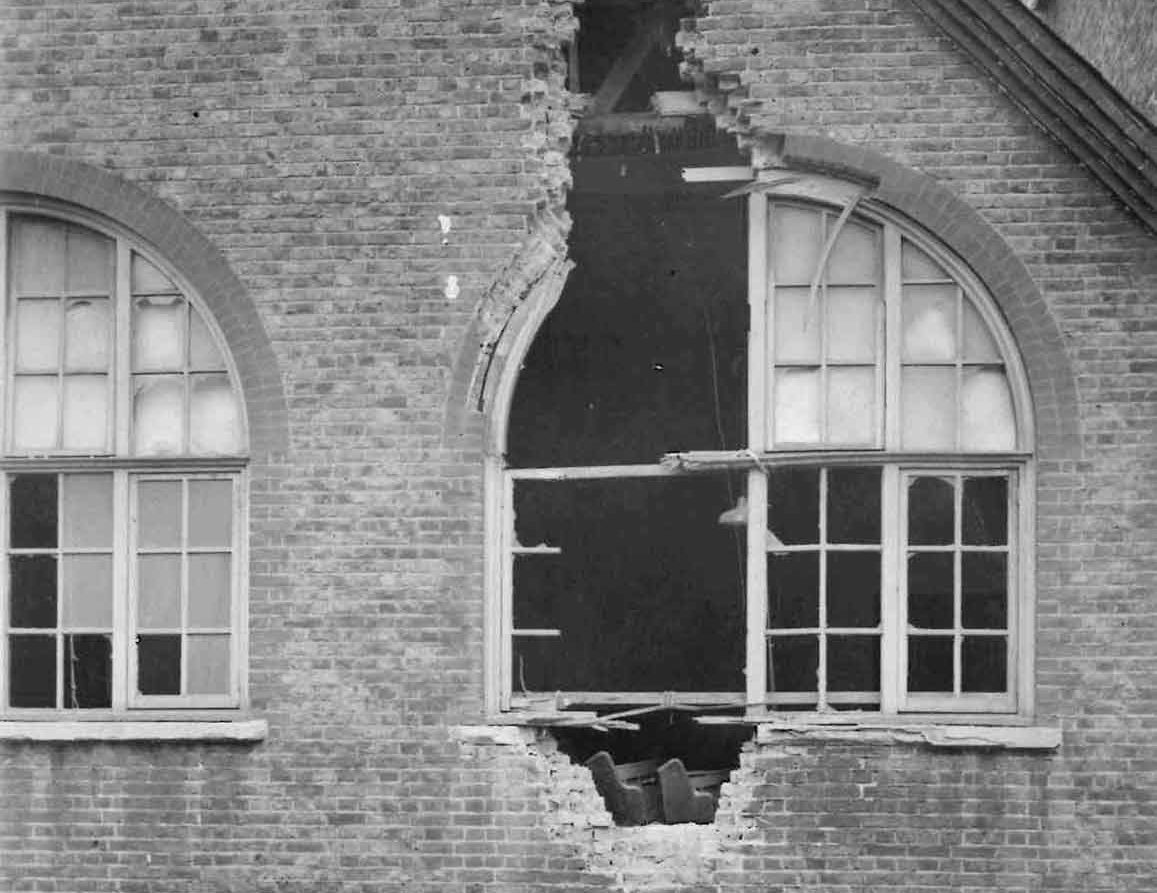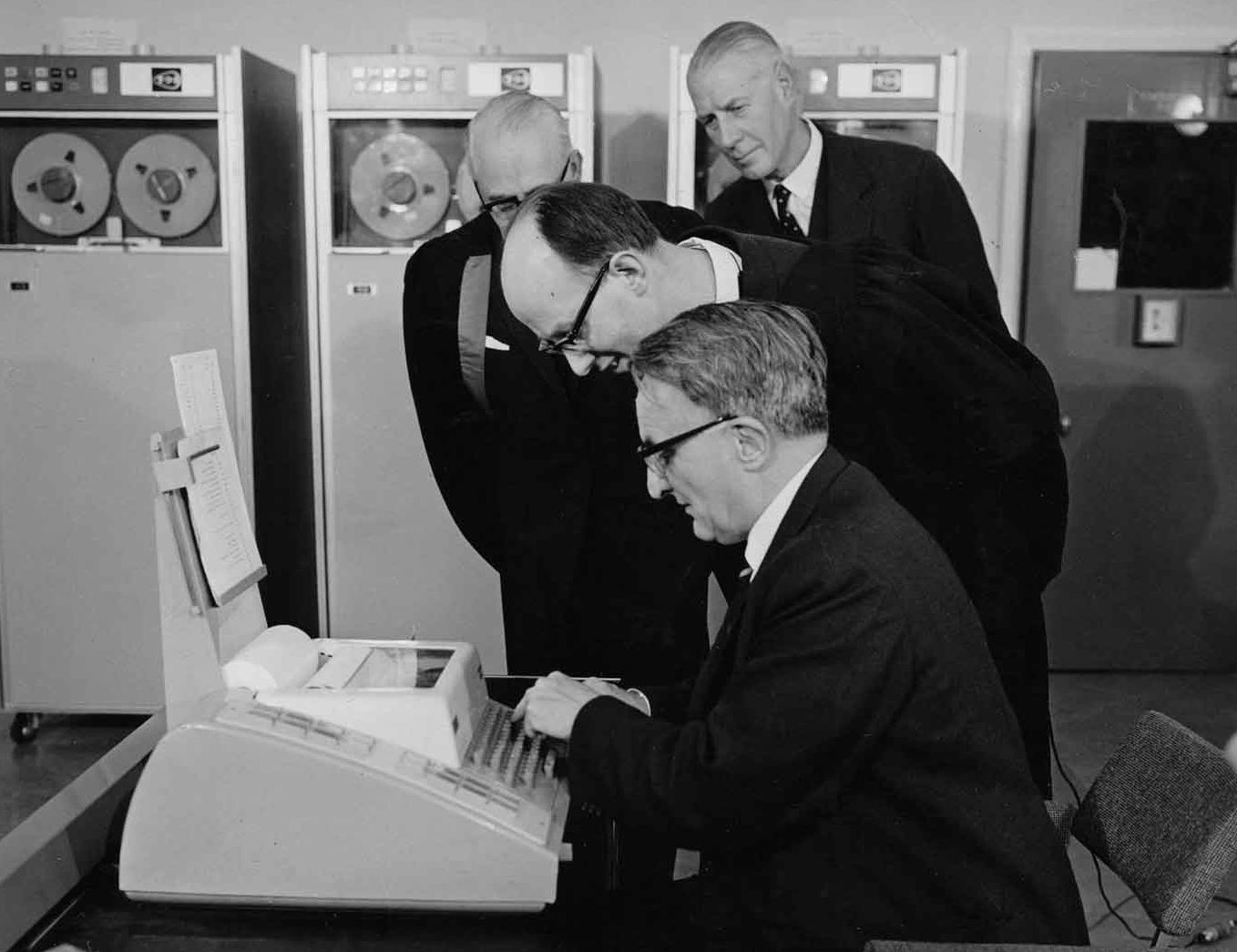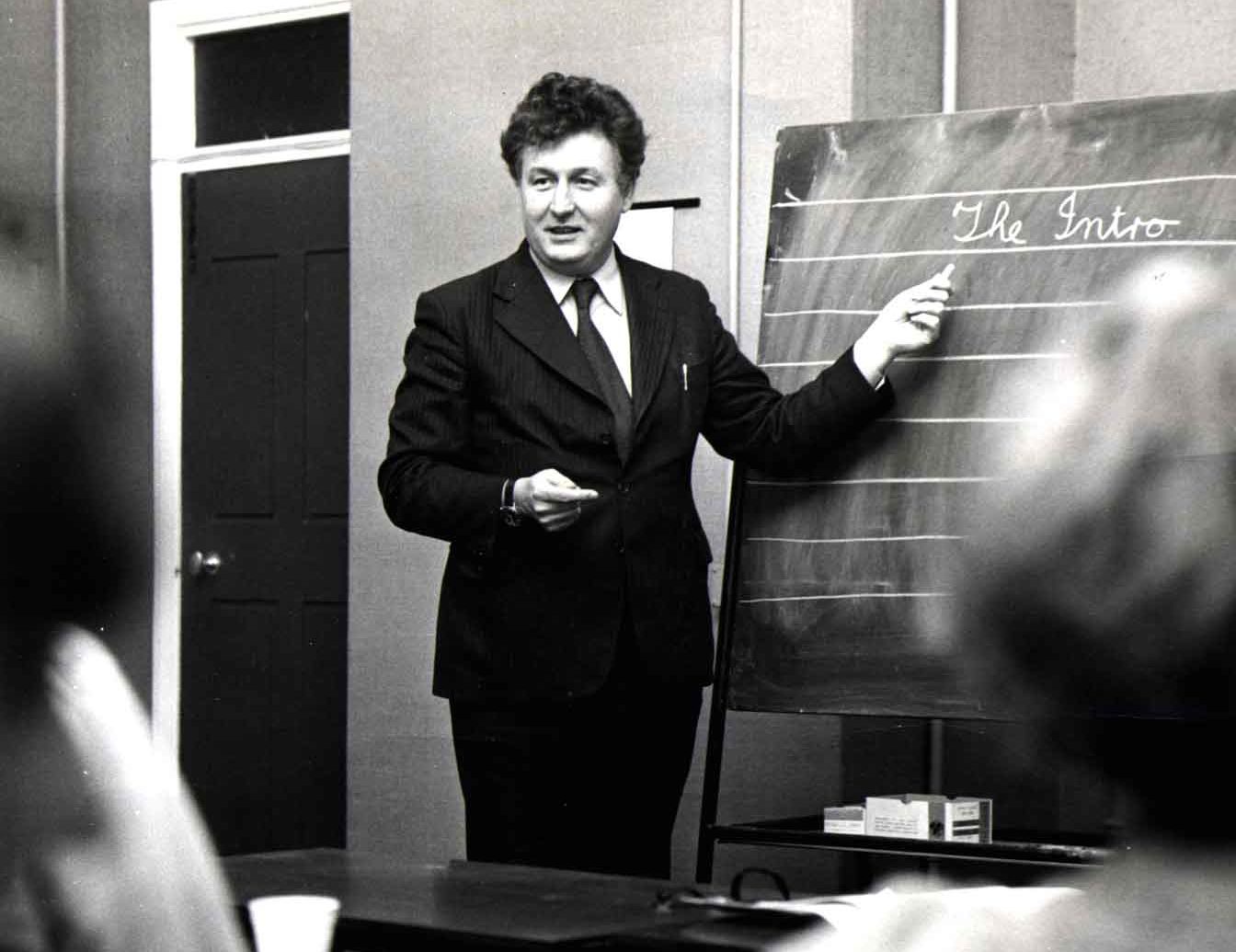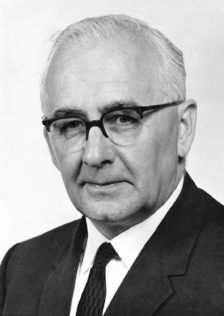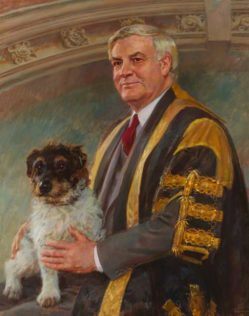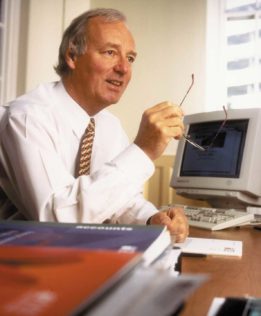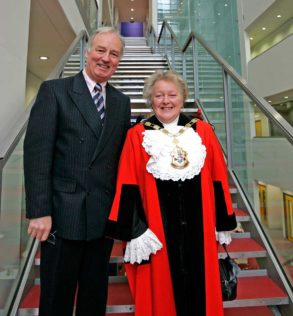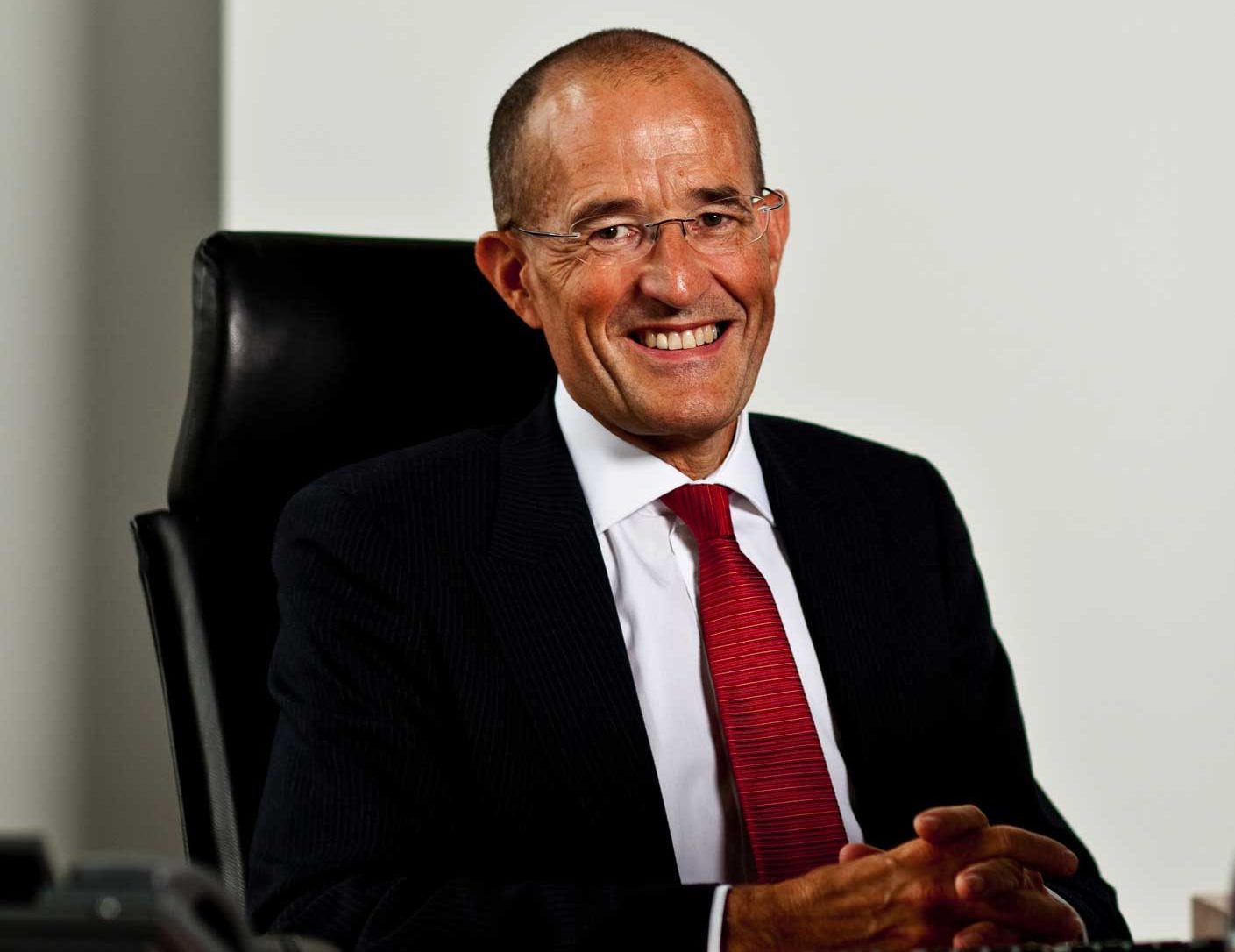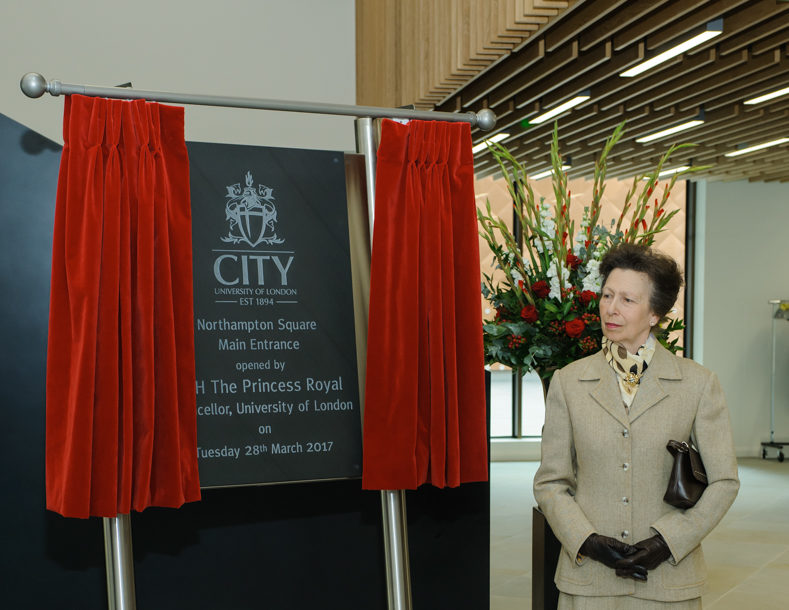City through the years
Celebrating 125 years of City
The Northampton Institute (now City, University of London) was founded in 1894 with the objective of promoting “the industrial skill, general knowledge, health and wellbeing of young men and women belonging to the poorer classes.”
This year, as we celebrate our 125th anniversary, we reflect on the impact that this institution and its people have had on our local community and the world at large; and the events that have shaped the University we know today. Much has changed in 125 years, but we remain constant in our dedication to research, education, innovation, enterprise and our partnerships.
-
The Inns of Court School of Law was founded. One of the earliest providers of legal education in London, it became a part of The City Law School in 2001.
St Bartholomew School of Nursing & Midwifery was founded, in affiliation with London’s oldest hospital, St Bartholomew’s. The College of Nursing was later incorporated into the School of Health Sciences.
Image courtesy of Wellcome Images, a website operated by Wellcome Trust, a global charitable foundation based in the United Kingdom.
Planning began for the Northampton Institute, to be built on what is now the main part of City’s present-day campus. The land was bequeathed by the Marquess of Northampton and the Earl of Compton and generous benefactors included the Worshipful Company of Skinners and the Worshipful Company of Saddlers.
The Northampton Institute was founded with the objective of promoting “the industrial skill, general knowledge, health and wellbeing of young men and women belonging to the poorer classes”.
The Department of Technical Optics was established within the Northampton Institute, marking the beginning of City’s important contribution to the study of optometry.
The University Great Hall played host to the boxing competition of the first London Olympic Games. Great Britain excelled, winning 14 of the 15 medals awarded.
The Northampton Institute introduced courses in Aeronautical Engineering, the first offered in the UK. In this year the Institute presented its first candidates for University of London BSc degrees.
With the founding of the Department of Optometry and Visual Sciences, the Northampton Institute became one of the first establishments in the world to educate optometrists.
The Northampton Institute once again played a key part in the war effort, providing training courses for members of the armed forces in skills ranging from optics manufacturing to wireless mechanics. The University buildings suffered bomb damage, notably the Great Hall. Post-war reconstruction work was completed in 1953.
The Northampton Institute offered a summer school on the use of electronic digital computers and calculators in accountancy, costing and management, laying the groundwork for the foundation of the British Computer Society.
Following a Government review highlighting the growing need for technical and scientific personnel in British industry, the Northampton Institute became a College of Advanced Technology, with a mandate to increase student numbers, offer advanced degrees and retain its close links with industry.
The Department of Social and Industrial Studies was formed, offering education in social sciences, industrial administration and management studies.
A Government report into higher education recommended that the Northampton College of Advanced Technology become a university, retaining its balance between education and research while increasing its postgraduate activity.
The University was created by Royal Charter. Dr James Tait was appointed its first Vice-Chancellor and Oliver Thompson its first Pro-Chancellor. Their approach to the Lord Mayor of London led to a unique arrangement that continues today, in which the Lord Mayor is invited to be the Rector of City, University of London.
The Drysdale and Centenary Buildings were completed. The University Building opened a year later and the Tait Building in 1974. Dr James Tait was knighted for services to higher education.
The astronauts of Apollo 15 visited City and presented Vice-Chancellor Sir James Tait with a piece of heat shield from the Apollo 15 command module.
The first students of City’s new degree in Music began their studies and benefitted from City’s links with the Guildhall School of Music and Drama.
City launched a Postgraduate Diploma in Journalism, capitalising on its proximity to Fleet Street.
The Centre for Legal Studies was established and the Graduate Diploma in Law was offered. City Technology Ltd began to develop a new oxygen sensor, designed by City academics. The sale of the company in 1977 for £245 M marked one of British academia’s most successful commercialisations of intellectual property.
Professor Raoul Franklin was appointed Vice-Chancellor. He remained in post for 20 years and was appointed CBE in 1994 for services to higher education.
The School of Engineering was formed under the guidance of Professor Ludwig Finkelstein, its first Dean.
The School of Informatics was formed, bringing together the departments of Information Science, Business Computing and Computer Science. Undergraduate degrees in Law were offered for the first time.
St Bartholomew School of Nursing & Midwifery and the Charterhouse College of Radiography became parts of the School of Health Sciences.
Following a generous donation from the Sir John Cass Foundation towards the Business School’s new building, the School was renamed the Sir John Cass Business School. Her Majesty the Queen opened the new building two years later.
The School of Arts was formed, bringing together the departments of Music, Journalism & Publishing and Cultural Policy & Management.
The Social Sciences Building was opened (since named the Rhind Building). City underwent a major restructure of its governance.
Professor Sir Paul Curran was appointed as City’s seventh Vice-Chancellor. The University was ranked in the top five per cent of universities in the world by the Times Higher Education World University Rankings and in the top 30 higher education institutions in the UK by the Times Higher Education.
City doubled the proportion of its total academic staff producing research of world-leading or internationally excellent quality in the national Research Excellence Framework.
City achieved its highest ever score in the National Student Survey and was first in London for undergraduate student satisfaction.
City celebrated the 50th anniversary of its Royal Charter. Professor Paul Curran was knighted for services to higher education. City joined the University of London federation in September 2016, becoming an independent institution of the collegiate university.
HRH The Princess Royal opened City’s new main entrance on Northampton Square. City launches its new Vision & Strategy 2026 and receives a Silver award in the Teaching Excellence Framework.



